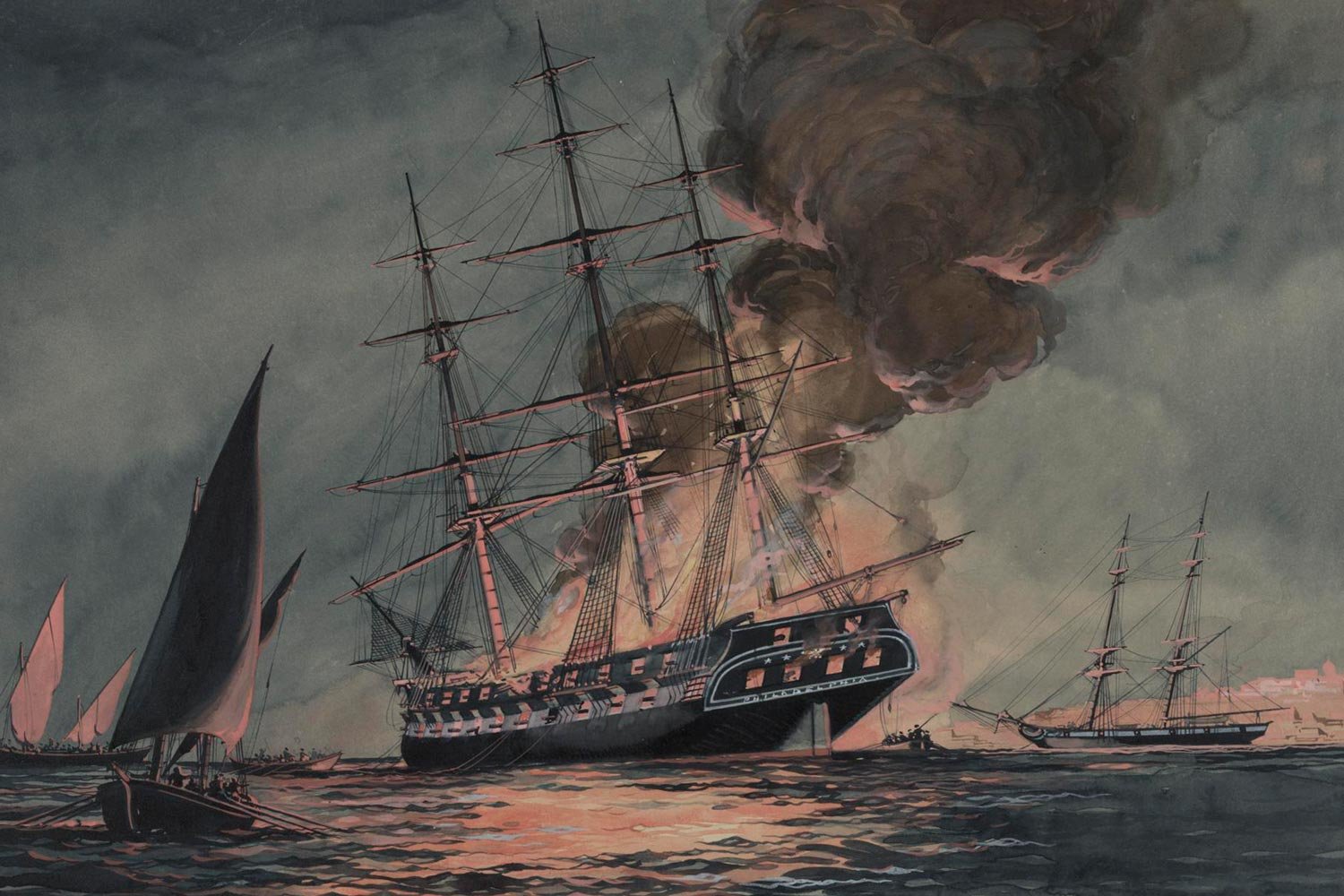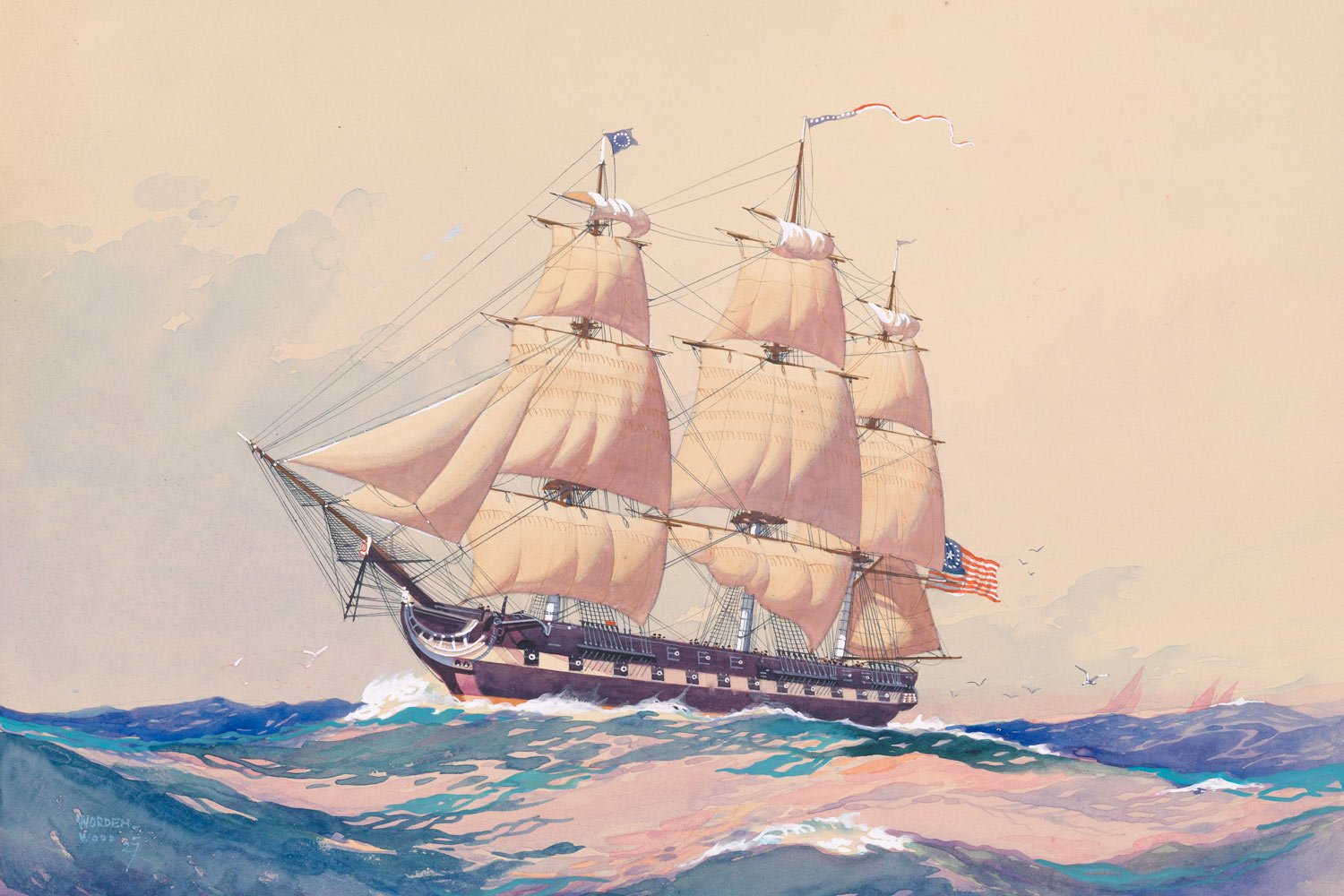Death and Destruction at the Battle of Oriskany
The Battle of Oriskany was fought in the Mohawk Valley of western New York on August 6, 1777. It ended as suddenly and unexpectedly as it began. Shortly after 3 p.m., the Mohawks, Senecas, and Loyalists ceased fire on the Tryon County militiamen and headed back to their camp outside Fort Stanwix, about six miles away. The death and destruction left in their wake was frightening to behold.
The militia, under the leadership of General Nicholas Herkimer, had suffered 465 casualties out of a command of 700 men, an astonishing two-thirds of the force. In an indication of the ferocity of the attackers and an absence of mercy shown during the fight, 385 of the Tryon County men had been killed and only 50 wounded, the opposite of the typical casualty ratio from most battles.
In other words, 55% of the Tyron County militiamen led to Oriskany by Herkimer were killed in battle, an almost unparalleled percentage for an American force. For perspective, at Camden, one of the Continental Army’s greatest disasters, 6% of the Americans engaged in the fight died, while at Bunker Hill less than 5% were killed. None of the horrible blood baths of the Civil War topped this ratio either. Except for St. Clair’s defeat at the Battle of the Wabash in 1791 and Custer’s Last Stand in 1876, no American battle compares to Oriskany in terms of its carnage.
Ralph Earl. “Marinus Willett.” Wikimedia.
The reason for the sudden pull out of the British force when it was so close to a complete victory was that Herkimer’s message requesting the besieged American garrison come to his aid finally made it to the fort. Soon thereafter, Lieutenant Colonel Marinus Willett led a sortie out from the fort and attacked the British camp. Between the men with Joseph Brant at the ambush site and work details performing various tasks away from the area, the encampment was almost deserted, and Willett’s men began to pillage tents, wagons, and everything in them.
When word reached the Indians fighting Herkimer that their possessions were being ransacked, they immediately left to protect their belongings. They also were tired of the fight and disappointed that instead of the easy victory and scalps they had been promised, they were facing a foe that refused to give in.
As the Indians and Loyalists returned to their camp, Willett’s men retreated into Fort Stanwix, loaded down with plunder. Although their foray had been brief, it had served its purpose and saved Herkimer’s remaining militiamen from certain annihilation.
The remnants of the Tryon County militia immediately started back for Fort Dayton, carrying the wounded including the now unconscious General Herkimer. Also among the injured was Dr. William Petrie, Herkimer’s personal physician, who had accompanied the troops to Oriskany and had sustained a wound as well. Instead of being available to treat Herkimer’s infected leg, Petrie was recovering in an upstairs bedroom.
One reason for the quick infections of wounds caused by musket balls during the American Revolution was the relatively slow flight of the round, roughly one sixth of the rate of a rifled bullet. This slow trajectory caused the ball to push clothing ahead of it as it entered the body rather than piercing through the clothing. This matters because the clothing worn by the soldiers was usually filthy and germ infested. Thus, harmful bacteria got deeply seated in the body and immediately began to infect the wound.
In any event, due to Petrie’s incapacitation, the care of Herkimer’s left leg was entrusted to a young trainee surgeon named Robert Johnson. After a few days of suffering terrible pain, Herkimer was informed the leg would have to come off. He asked Johnson if he had ever previously amputated a leg and the young doctor answered he had not. Herkimer replied, “Then it will be a new thing for both of us.”
Amputations in the colonial era were brutal operations and, quite naturally, the thought of having a limb sawed off in unsanitary conditions and without anesthesia terrified soldiers and sailors alike. If alcohol was available and there was time, the patient would get as drunk as possible but even that was small comfort.
Typically, the process required five men, four to hold the patient’s arms and legs and someone, preferably someone trained, to do the cutting. The doctor would first cut away the skin and muscle surrounding the bone, then saw through the bone, and finally cauterize the wound. In the hands of an experienced surgeon, this gruesome process could be completed in sixty to ninety seconds.
In Herkimer’s case, the surgery was botched by Johnson and the wound improperly cauterized. That same day, August 16, General Nicholas Herkimer, the hero of Oriskany, tragically died from loss of blood. His passing deprived America of a devoted Patriot.
Next week, we will discuss how General Benedict Arnold raised the siege of Fort Stanwix. Until then, may your motto be “Ducit Amor Patriae,” love of country leads me.












Commodore Edward Preble assembled his considerable American fleet just outside Tripoli harbor in August 1804, determined to punish the city and its corsairs, and force Yusuf Karamanli, the Dey of Tripoli, to sue for peace.